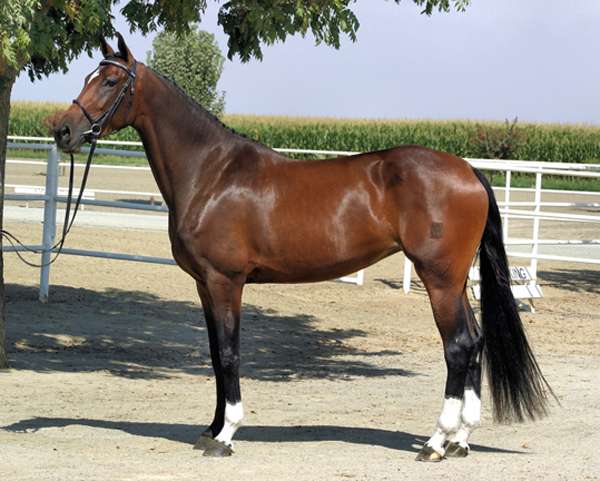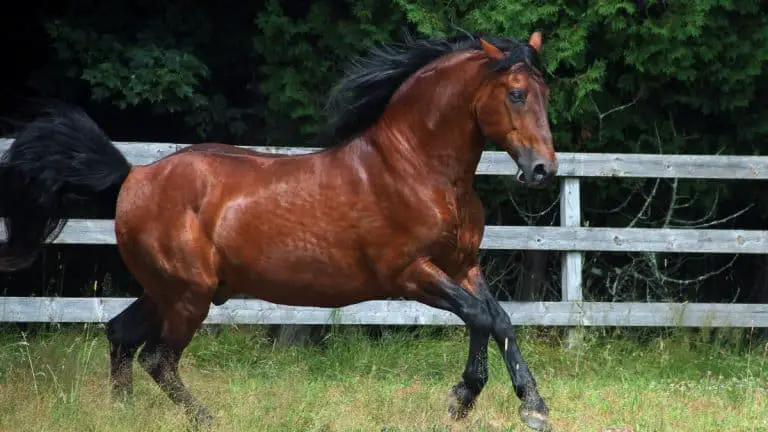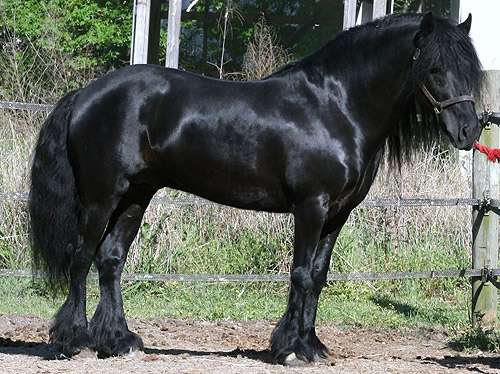
Size
Dutch warmblood horses typically grow to a height of 15 to 17 hands (60 to 68 inches). Mares must, however, be at least 15.5 hands height (62 inches) and stallions must be at least 15.75 hands tall (63 inches) in order to be used for breeding.
Physical Attributes
The body of the breed is rectangular and well-proportioned. The horse’s muscular topline and long, arched neck add to its athleticism. The horse has clean legs with robust bones and a taller front end than a shorter back. The Dutch Warmblood has well-sloped shoulders, a deep chest, and extremely powerful hindquarters.
Colors
The majority of Dutch Warmbloods are solid-colored, with the most popular hues being black, bay, grey, and chestnut with or without white markings.

History and Origin
Prior to World War II, the Netherlands was the home of the Dutch warmblood horse. The Gelderlander, an elegant horse of medium height bred as a carriage and draught horse, was available at the time. There was also the Groningen, a larger, heavier-set horse that was mostly utilized in farming. These two indigenous Dutch breeds, combined with a few foreign breeds, gave rise to the current Dutch warmblood.
Temperament
They typically have a high level of intelligence, are laid-back, and are cooperative with their human partners. They also do well in a variety of settings because of their even temperament, such as on rides and in the show ring.
Grooming
A Dutch warmblood needs standard horse grooming. A daily brushing will spread the horse’s natural oils throughout its body and remove any dirt and debris. Daily hoof examinations and cleanings are also necessary. Regular grooming sessions will not only keep the horse healthy but will also build your relationship with it.
Diet and Nutrition
Similar to many horses, Dutch warmbloods require a diet rich in high-quality grass, hay, grains, fruits, and vegetables. The amount of feed required by large Dutch warmbloods may differ slightly from that of an average-sized horse, though it also depends on how active the horse is.
Table





